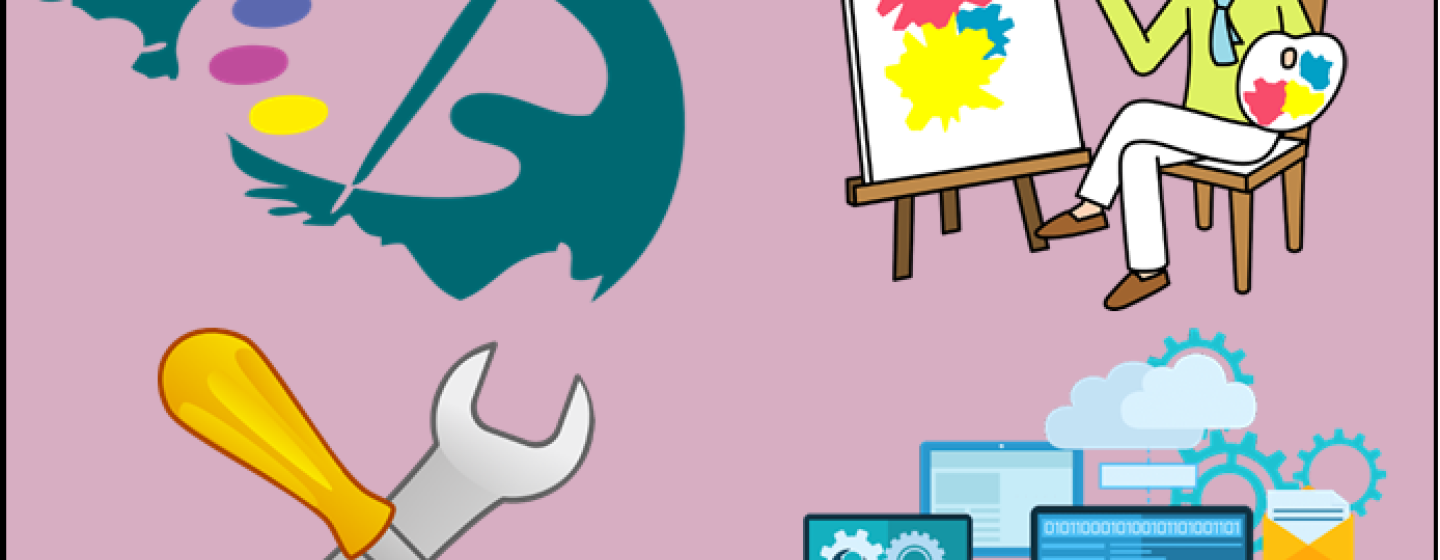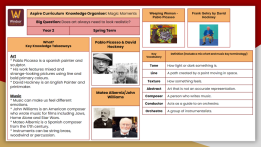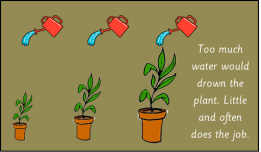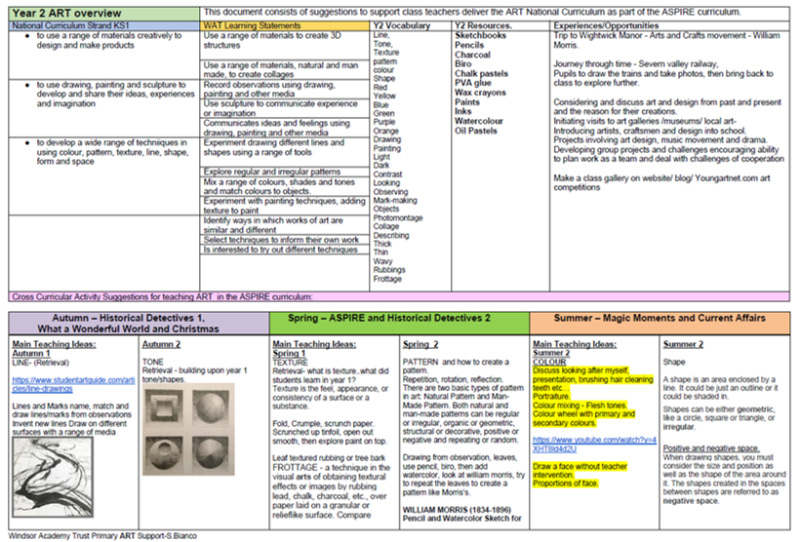
Art and Design
Intent:
At Goldsmith, we are artists...
At Goldsmith, it is our aim for pupils to produce creative work by exploring ideas and understanding the formal elements of art whilst connecting with great artists.. We implement this through our bespoke curriculum meeting and exceeding the aims of the 2014 National Curriculum. We offer lessons which are engaging and skills based, whilst also ensuring pupils gain knowledge about great artists. The planning demonstrates a progressive approach, from theme to theme and also year to year.
Implementation:
What is our curriculum?
EYFS: ‘Expressive Arts and Design’ goals map out the learning for EYFS and detail the creative, imaginative and expressive aims for the children. These are covered predominantly thematically.
 In KS1 and 2, we follow a half-termly programme of study throughout our school with an overarching theme that is then split into different topics for each of the year groups. Throughout the academic year, our planning addresses the threshold concepts set out for the art curriculum. Our ‘Magic Moments’ theme covers the majority of art skills in each specific year group, alongside cross-curricular opportunities in other themes such as ‘Historical Detectives 1 and 2’ and ‘What a Wonderful World’.
In KS1 and 2, we follow a half-termly programme of study throughout our school with an overarching theme that is then split into different topics for each of the year groups. Throughout the academic year, our planning addresses the threshold concepts set out for the art curriculum. Our ‘Magic Moments’ theme covers the majority of art skills in each specific year group, alongside cross-curricular opportunities in other themes such as ‘Historical Detectives 1 and 2’ and ‘What a Wonderful World’.
Artists that are taught include:
- Year 1 - Matisse & Bartholomew
- Year 2 - Picasso & Hockney
- Year 3 - Morris & Goldsworthy
- Year 4 - Van Gogh & Klimt
- Year 5 - Arcimboldo & Warhol
- Year 6 - Monet & Morgan.
When is it taught?
Theme is taught to the value of 3 afternoon sessions per week (Afternoons are split into 2 main sessions) with other cross-curricular opportunities being planned for within this time. Art will be taught within this time-frame.
How is it taught?
EYFS - Expressive content is covered thematically and taught through direct teaching, continuous provision and theme days which could include educational visits.
KS1 & KS2 - Art & Design is taught on rotation through our theme lessons. We use the WAT Aspire values in each lesson, encouraging the children to actively and openly use the language and skills embedded in this. Most lessons are taught following a model and then practise approach.
Impact:
How is impact measured?
Teachers will assess during lessons through active use of AfL. Children will use our ASPIRE values of self quizzing and giving and receiving feedback during the evaluate stage of our planning. This will allow our children to analyse their own artwork, other children's artwork as well as famous artists' artwork.
Children will be able to verbally discuss the art skills that been have used to create their final product and discuss the artist or theme that has been the inspiration for this. As we move further up the key stages, answers will be more elaborate, key vocabulary used, key artists referenced and links to prior learning made. This can be supported by evidence within sketchbooks, photos and videos.
How do we know children have made progress?
The knowledge performance indicator can be used to ensure assessment is consistent and meets the requirements for each year group. Evidence would also be found in the children’s books and knowledge gained clear through pupil voice conversations.
How do we challenge and support lack of progress?
Following teaching, any gaps in knowledge can be identified and addressed through #feedforward and also during smart starts, morning activities or research based home learning (in KS2).
How are we inclusive?
 The practical nature of this subject allows for a majority of children to access the learning within each lesson. Where equipment modification is needed then this will be planned for and if written work or analysis is required then teachers ensure the appropriate scaffolding is in place. If a parallel activity is needed, then digital activities (including the use of iPads) may be used to modify the task so that pupils can achieve the same learning objective. An accurate assessment of a child’s ability should not be limited to their written recordings and some compensation should be given for verbal conversations.
The practical nature of this subject allows for a majority of children to access the learning within each lesson. Where equipment modification is needed then this will be planned for and if written work or analysis is required then teachers ensure the appropriate scaffolding is in place. If a parallel activity is needed, then digital activities (including the use of iPads) may be used to modify the task so that pupils can achieve the same learning objective. An accurate assessment of a child’s ability should not be limited to their written recordings and some compensation should be given for verbal conversations.



